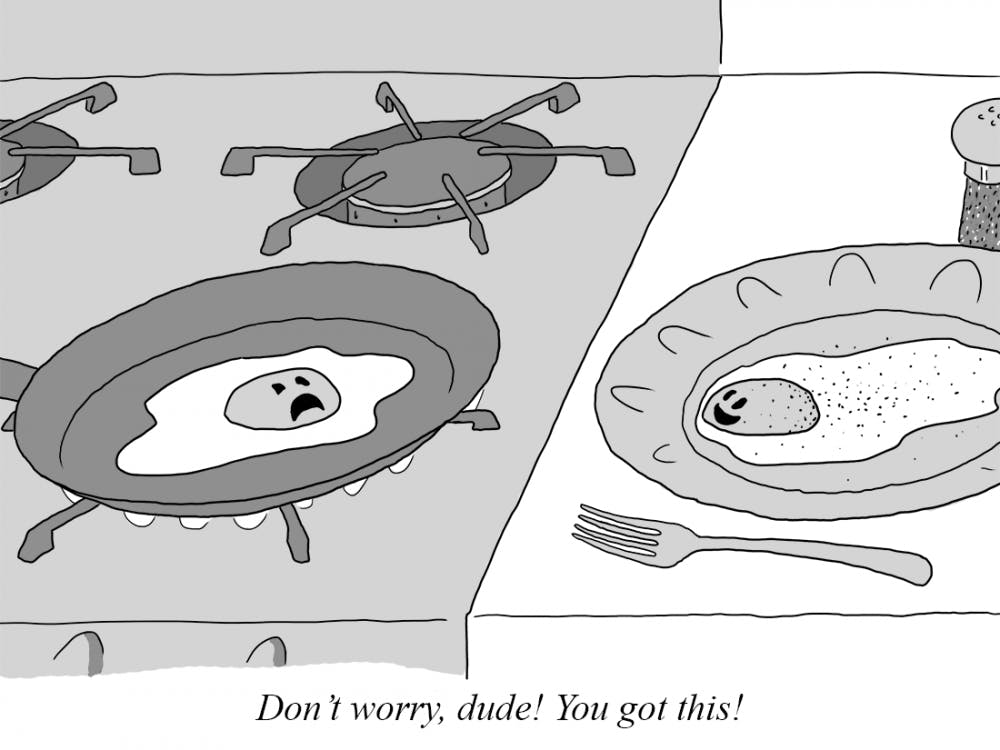Investigation into disciplinary reform
Azza CohenThe shadows of the discipline processThe Honor Code rules this campus, from when we enroll in this University to the very first performance we see of the Triangle Club to the statement of honor we write on our theses.However, the disciplinary system is far from perfect, and this is why Justin Ziegler ’16 proposed a referendum to consider its reform.











